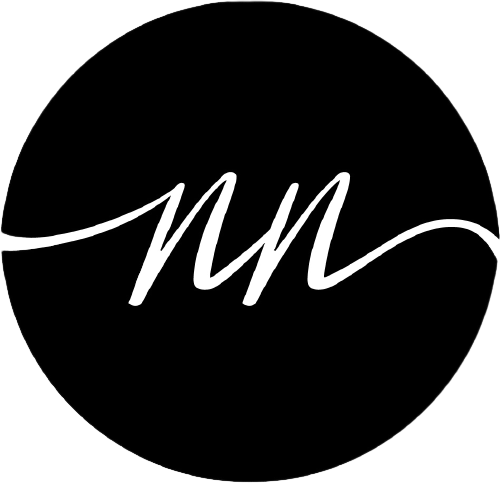There are a few possible reasons to access your home equity, some are:
- Investment purposes: to buy an investment property or invest in the market (stocks, mutual funds...)
- Consolidate debt: move high interest debt into low interest debt
- Home purchase: buying a home that requires a larger mortgage amount
Canadians are taking advantage of today's low rates and locking into 5 and 10 year fixed mortgages. What happens if the homeowner needs to access additional equity prior to mortgage maturity? The options are:
Increase And Blend Mortgage
I believe this option will be very popular as more homeowners lock into historically low rates and for most, it won't make sense to break the mortgage in the future. An example would be: current mortgage amount & interest rates are $300,000 and 3.09%. The homeowner requires to access an additional $150,000 of their home equity. They would add $150,000 to their existing mortgage balance of $300,000 at current market rate for the remaining term. In this case if the homeowner is 3 years into the 5 year term, the $150,000 would be lent at the 2 year term mortgage rate. The costs associated with an increase and blend option are completing an appraisal on the home and legal fees to register the new mortgage addition.
HELOC: Home Equity Line Of Credit
Secured lines of credit are a great way to access your home equity. The borrower only pays for what they borrow and the funds can be accessed again since this is a revolving credit (you can access whatever is paid back). The costs associated with this option are appraisal and legal fees which are sometimes covered or subsidized by the lender.
Refinance Mortgage
This requires breaking the mortgage, paying a penalty, appraisal and legal fees. It is the most expensive option upfront, however it might be the best option if the homeowner is coming from a higher interest rate mortgage and locking into a lower interest rate mortgage.
It is important to sit with a mortgage professional to discuss your needs and run through the numbers to see which option makes more financial sense.
To discuss your personal options and complete the numerical analysis, please contact me.



